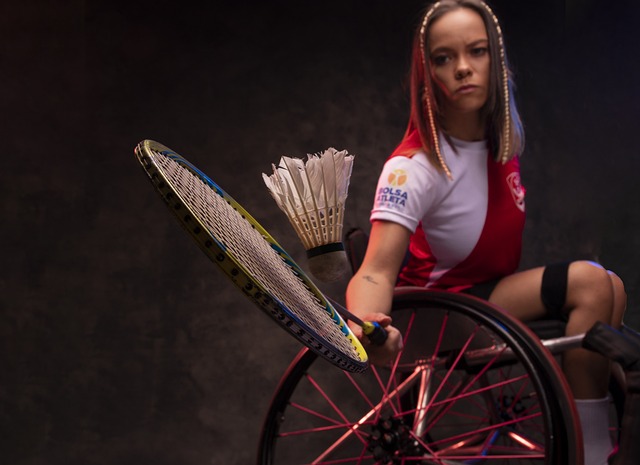
Breaking Boundaries: Exploring Diversity in Rap Music Culture
Breaking Boundaries: Exploring Diversity in Rap Music Culture
When we delve into the vibrant world of rap music, it becomes clear that this genre is not just about rhythm and rhyme; it’s a powerful expression of identity, culture, and community. Diversity plays a fundamental role in shaping the sounds, styles, and stories that ripple through this dynamic music scene. From East Coast to West Coast, and from the streets to the stage, rap transcends boundaries, opening up spaces for voices that might have otherwise been unheard.
Musical genres often reflect the cultures from which they emerge, and rap is a prime example of this phenomenon. Originating in the late 1970s in the Bronx, New York, rap music has always been a platform for marginalized voices, presenting narratives that challenge societal norms and offer a glimpse into diverse life experiences. As the genre has evolved, it continues to embrace a multitude of influences—from jazz and funk to reggae and rock—showcasing its ability to incorporate diverse sounds and styles, making it a rich tapestry of musical expression.
Parties and gatherings have always been integral to the rap culture. They serve as breeding grounds for collaborations and creativity, where artists exchange ideas, beats, and lyrics, often resulting in unforgettable tracks. These events are often a celebration of diversity itself—a melting pot of fans and creators from different backgrounds coming together to share a love for the music. It’s in these spaces where community is built, and cultural exchange thrives. Each party is not just an event, but a reflection of the ongoing dialogue that rap fosters between its artists and audience.
Rap music culture is a mirror that reflects society, capturing the struggles, victories, and varying perspectives that exist within different communities. From outspoken political messages to deeply personal storytelling, diversity within rap allows for discussions on topics that resonate widely. Artists like Kendrick Lamar, Nicki Minaj, and J. Cole bring their unique backgrounds and experiences to the forefront, using their platforms to elevate underrepresented voices and challenge stereotypes. Such narratives remind us that regardless of where we come from, music has the power to unite us all.
A critical aspect of understanding diversity in rap lies in recognizing the evolution of the genre itself. As it reaches global audiences, international artists have infused their unique cultural elements into rap. From the Afrobeat influences of artists like Burna Boy to the lyrical prowess of South Korean rappers, the genre continues to expand its boundaries. This fusion not only broadens the appeal of rap but also enriches its narrative, weaving in a myriad of cultural expressions and experiences.
As we celebrate the rich tapestry that is rap music, let us appreciate the diversity that fuels its creativity and relevance. The genre is a testament to the potential of music to break down barriers, challenge preconceived notions, and create a shared space where all voices can resonate. Whether you’re stepping into a club, vibing at a concert, or jamming in your room, the essence of rap reminds us that diversity is not just welcomed—it’s essential.


